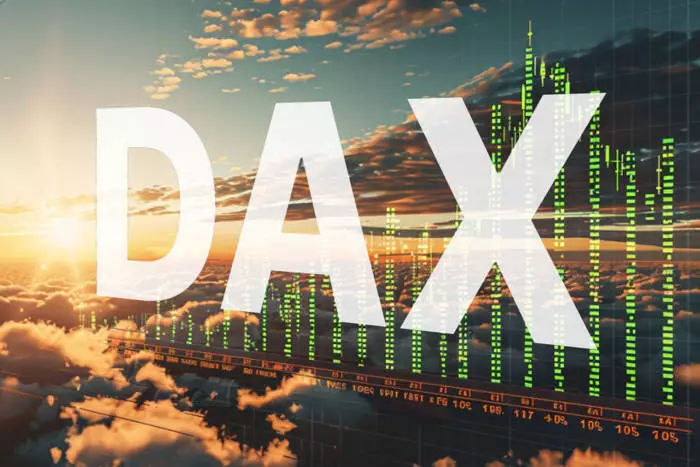The recent political landscape in Germany, combined with fluctuating economic indicators in the United States, paints a complex picture for risk assets across Europe and the US. As the dust settles from German elections and scrutiny grows around US economic performance, the implications for markets are becoming increasingly multifaceted.
On February 23, Germany experienced a significant political event with the confirmation that conservative Friedrich Merz is poised to become the new Chancellor. His pledge to reduce German dependency on the US comes at a time when political affiliations and coalitions are under intense scrutiny. Initial reactions from the market were positive, as evidenced by a notable uptick in the EUR/USD exchange rate, which climbed 0.55% to 1.05137, and a substantial 251 points surge in DAX futures. These reactions typically underscore market optimism; however, the enthusiasm masks deeper issues that could lead to a challenging coalition-building period.
Notably, political analysts are wary of the implications that the results could have for future elections. Robin Brooks from the Brookings Institute expressed concern regarding the performance of the Christian Democratic Union (CDU), warning that an underwhelming showing might weaken their negotiating power in coalition talks with the Social Democrats (SPD) and Greens. This scenario raises fears about the potential empowerment of the right-wing Alternative for Germany (AfD) party, which could further complicate Germany’s political environment if a Jamaica coalition, involving the CDU, SPD, and Greens, takes shape. Such an arrangement risks alienating moderate voters and could inadvertently solidify the AfD’s base in the upcoming elections.
Despite these reservations, Brooks also noted a silver lining: both the CDU and the AfD underperformed relative to heightened expectations. This could signal a broader, moderate sentiment among the German electorate, which may be crucial for tempering extreme political outcomes.
Across the Atlantic, economic figures reveal a sector under pressure. The S&P Global Services PMI’s unexpected drop from 52.9 in January to 49.7 in February has sparked concerns over a potential contraction in this crucial part of the economy. Services account for approximately 80% of the US economic output, which implies that this decline could lead to shifts in Federal Reserve policy. A dovish stance from the Fed seems plausible, yet the rise in Michigan’s Inflation Expectations Index from 3.3% to 4.3% complicates this narrative, potentially thwarting any imminent rate cuts.
Furthermore, a troubling forecast from Bank of America suggests that US CPI inflation could near 4.6% within six months, a level not seen since April 2023. If inflation sustains its upward movement, it could create a challenging environment for policymakers, as they strive to balance economic growth with price stability.
Given this backdrop, US equity markets showed considerable signs of strain on February 21. The Nasdaq Composite Index plunged by 2.20%, while the Dow and S&P 500 suffered losses of 1.69% and 1.71% respectively. Investors are now increasingly focused on upcoming economic indicators, such as the Chicago Fed National Activity Index and the Dallas Fed Manufacturing Index, as they seek to gauge the overall health of the economy and the decision-making trajectory of the Fed.
As the interplay between political changes in Germany and economic performance in the US continues to unfold, investors find themselves at a crossroads. In Germany, the formation of a potentially unstable coalition government may hinder immediate policy directions, thereby impacting economic projections and market sentiments within the EU. Conversely, in the US, rising inflation rates may impose constraints on the Federal Reserve’s ability to recalibrate interest rates without triggering adverse effects on growth.
The coming weeks are critical as both regions navigate these complexities. Market participants will undoubtedly keep a close eye on how these variables interact. The convergence of political and economic forces has far-reaching implications for global financial markets, making it crucial for investors to remain vigilant and responsive to new developments.

